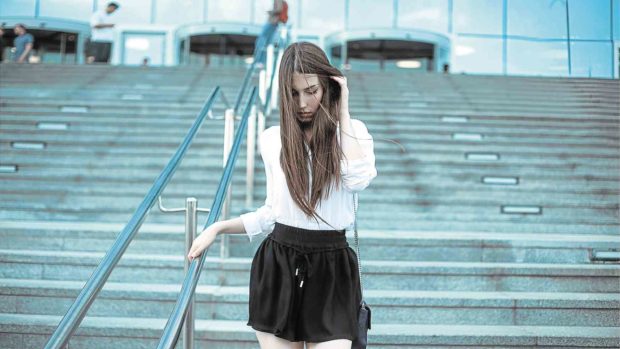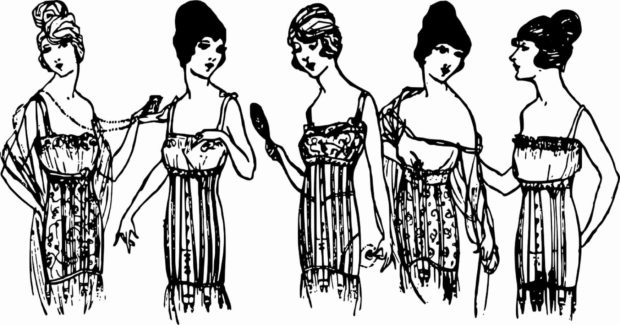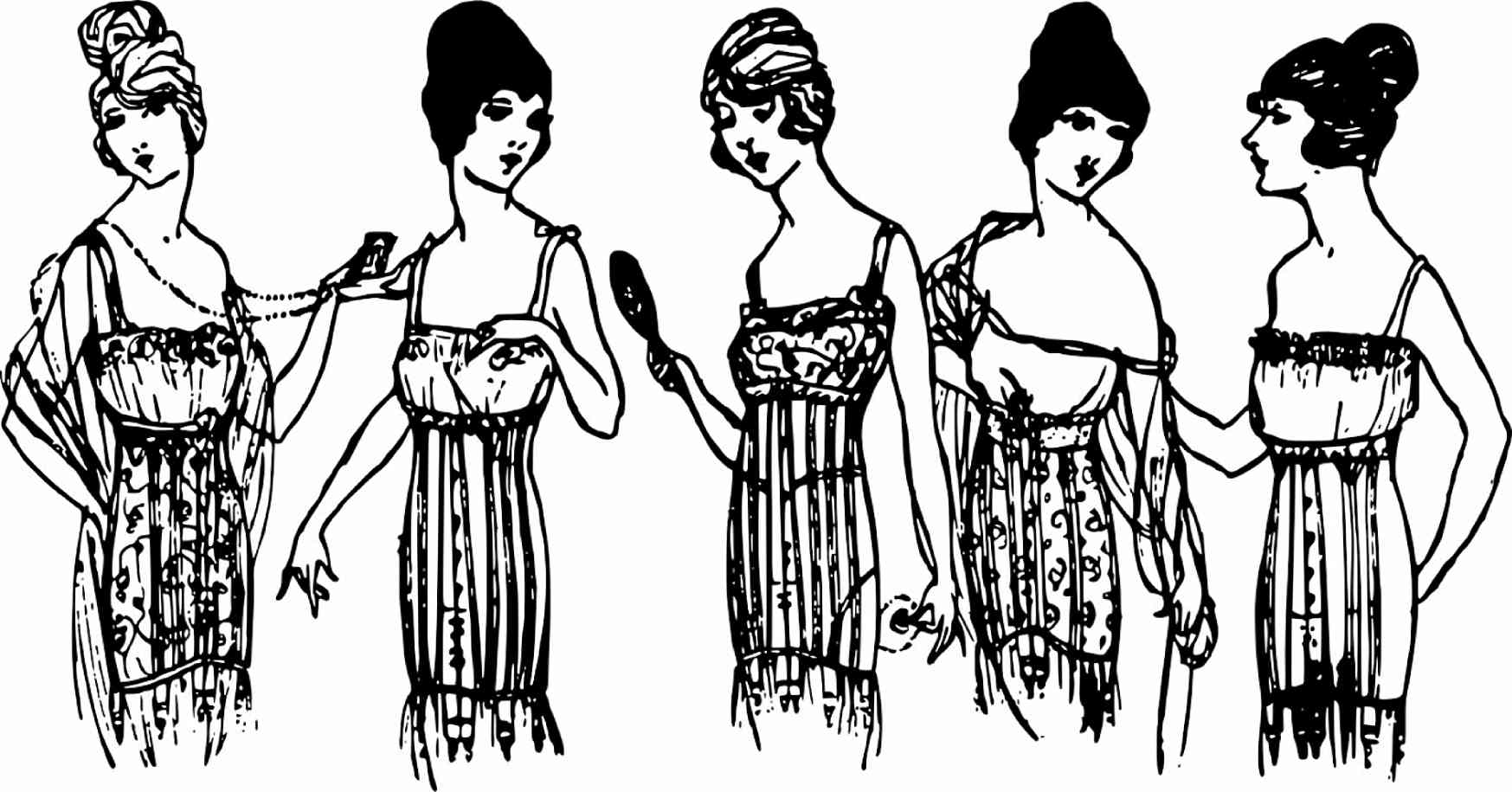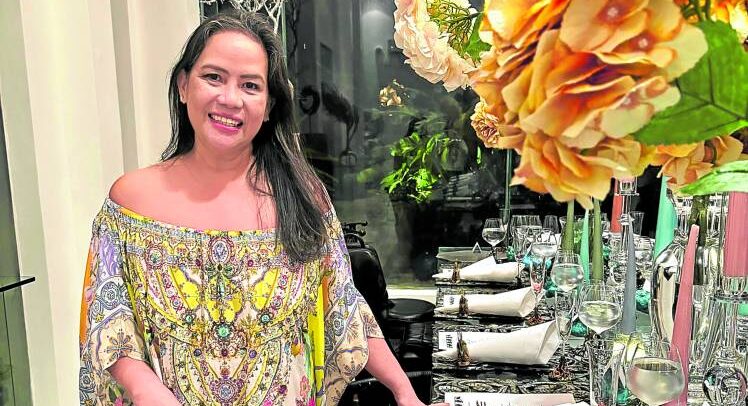
This week, I was thinking about writing something relevant to International Women’s Day, March 8, to celebrate our collective journey.
I realized that for women, much of the changes and options we have when it comes to fashion are backed by our history. What we wear today is a reflection of what we’ve fought for, the jobs we’ve taken on, and the roles we’ve played in society.
The skirts we wear these days have gone through many lengths and shapes, changing with the times. In Edwardian times, hemlines were long and an outfit of a separate skirt and blouse was popular.
But in the 1920s, hemlines got shorter. In the pre-World War II era, skirts adopted more practical fabrics. A-line skirts emerged as women established more presence in the workforce.
In the ’50s, women’s silhouettes represented power— Dior’s “New Look,” the miniskirts of the ’60s, and the bold designs from the ’70s onward.
Each skirt seemed to be a reflection of the many ways that women can lead their lives.
Heels
Heels have always been a symbol of power. They were first worn by male soldiers in Persia. Reading up on how it evolved, I was surprised to learn that high heels were eventually associated with witchcraft.
Women in heels are a force to reckon with. In the 1900s, the relationship between femininity and heels heightened with the pin-up girls.
As postwar technology developed, we have more and more heel styles until it became footwear for work and play.
I was also amused to learn that the signature Louboutin red heel wasn’t exactly something new. King Louis XIV popularized heels with red soles to symbolize power and was to be exclusively worn only by the noble class.

Corsets
Corsets are one of the more controversial pieces of female garments. It’s often associated with harsh body modification.
There are aspects of corsets history that enforce how society often put too much idealized standard for women. Designers Paul Poiret and Coco Chanel had a pointed purpose to create clothes that would free women from the corset. Still, some form of corset persisted, like the girdle.
But corsets and girdles became a way for women to play freely with the silhouette of their bodies. It empowered women to dress in any way they feel good.
So, that’s how we got to the more forgiving Spanx. It’s there to help the way our clothes fall on our bodies and further proves that a woman is free to choose what she wants her body to look like, Spanx-free or otherwise.
Among the many garments we wear, I think pants were the ones which reflected women’s rights to equality.
In the 1800s, the distinction between men who worked in pants while women stayed at home in long voluminous skirts, was clear. When women felt uncomfortable because they couldn’t move freely the way men did, they wore their bloomers underneath their dresses. Funny, it’s something we’ve seen recently as a runway trend. Turns out it’s a symbol of revolution.
From then on, women slowly justified their need to wear bloomers—it made outdoor activities such as hiking and riding bicycles easier.
A bit of a fast-forward as Paul Poiret plays another important role here. He introduced harem pants as a modernized version of bloomers. Though it never really caught on, it signaled something. Women could wear pants and they did, especially since the war had left most of the office work.









































